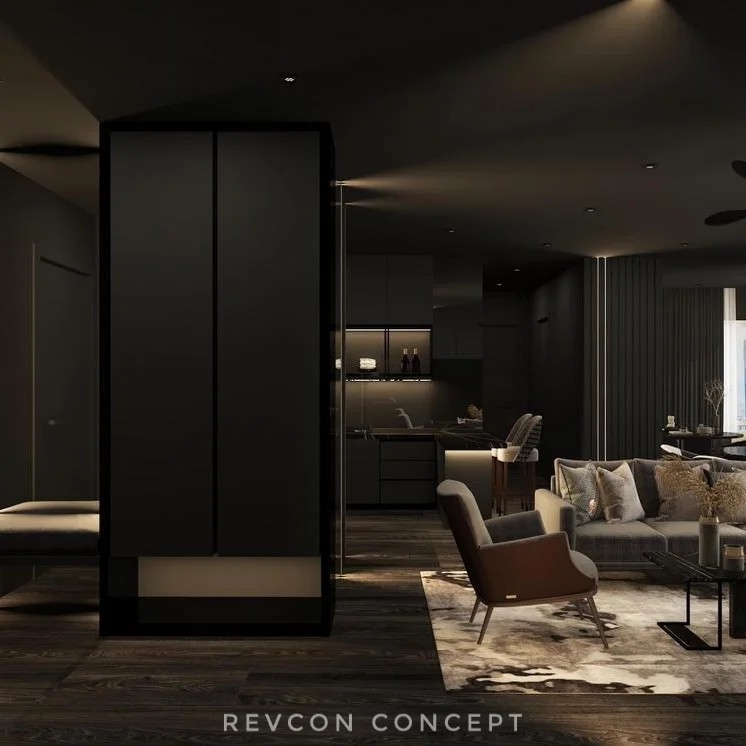Top 3 Renovation Mistakes to Avoid

Embarking on a renovation project is like a journey of transformation. This renovation aims to breathe new life into our home. Although renovation is undeniably exhilarating, it’s not without its challenges. By acknowledging and avoiding these common mistakes, homeowners can set the stage for a successful and gratifying transformation of their living spaces, with the guidance of a skilled best interior designer in Malaysia, who can bring expertise and a nuanced understanding of local aesthetics to the project.
1. Insufficient planning
A well-crafted plan involves a meticulous assessment of the existing space, a detailed design encompassing both aesthetic and functional considerations, and a realistic timeline for each phase of the project. Moreover, it anticipates potential challenges, providing contingencies for structural issues, permits, and the sequence of tasks. Without this comprehensive roadmap, homeowners may find themselves making impulsive decisions or encountering unforeseen obstacles that were never accounted for. In essence, sufficient planning forms the bedrock upon which a successful renovation is built.
2. Neglecting to adhere to a budget
Homeowners frequently underestimate the true costs of a renovation, which includes labor, permits, and unforeseen expenses. A robust budget demands meticulous research, factoring in market prices for materials, the cost of skilled labor, and potential additional fees. Furthermore, it is imperative to allocate a contingency fund, acting as a safety net for unexpected costs—an inevitability in any renovation endeavor. A realistic budget not only guides financial decisions but also sets clear expectations, ensuring the project remains on course and on track to completion.
3. Overlooking the necessity of professional expertise
For instance, electrical work demands an intimate understanding of circuits, load distribution, and safety protocols. Undertaking such tasks without the requisite knowledge can culminate in fire hazards and code violations. Similarly, plumbing oversights can result in leaks, water damage, and mold proliferation. Engaging qualified professionals ensures that the work is not only completed accurately but also in compliance with building codes and regulations. It bestows a sense of assurance, knowing that the renovation is in the hands of individuals equipped with the expertise to navigate unforeseen challenges and deliver a finished product that endures the test of time.
In conclusion, a well-executed renovation, coupled with expert interior design KL, will leave an indelible mark on the canvas of home. Through strategic planning, prudent budgeting, and the harnessing of professional expertise takes shape as a manifestation of dreams and aspirations. As the final touches are put in place, and the last stroke of paint graces the walls, the transformation is complete.
























